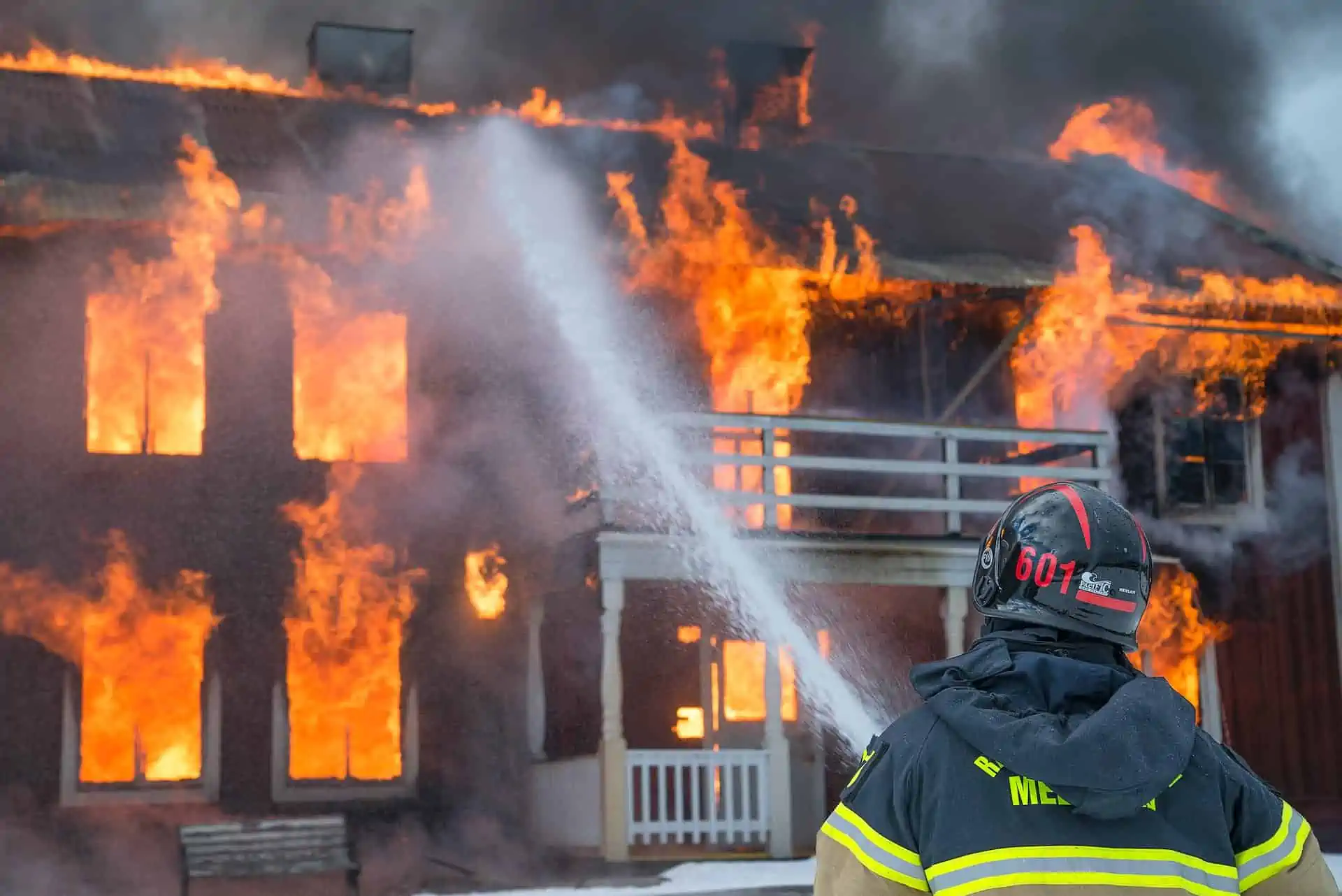In 2020, the National Fire Protection Association (NFPA) reported 490,000 residential fires out of almost a million reported incidents. According to the data, home fires remain a significant source of property loss in the country.
A house might catch fire for a variety of reasons. It might simply be due to carelessness or neglect. Regardless of the reason, a Dallas water damage restoration company believes that recognizing the common causes of fire is critical to avoid the tragedy effectively.
What Are the Most Common Fire Causes?
While there are occasions when it is inevitable, many factors that might cause a home fire are under your control. Once you’ve identified the typical causes, you may make the required modifications and measures to avoid them. Some of the things to keep an eye out for are as follows:
1. Cooking
According to the NFPA, cooking was responsible for 49 percent of all reported house fires between 2015 and 2019, making it the leading cause of residential fires. Unattended cooking is often the culprit, with cases significantly higher during the holidays because of the large amounts of cooking done for the celebrations.
Still, it’s avoidable if you focus on what you’re doing and don’t leave your cooking unattended. Even if you have to leave to do other things for just a minute, ensure that someone else will be there to keep watch. Another pro tip is to maintain a fire extinguisher in your kitchen, preferably set near the stove for quick access in an emergency.
2. Heating
According to the NFPA, local fire departments responded to about 48,530 fires involving heating equipment between 2014 and 2018. It accounts for around 14% of all residential fires reported during that period, resulting in approximately 500 civilian deaths and 1,350 injuries.
Heating systems are the leading cause of house fires in the northern states, where temperatures are frequently below freezing. This is especially true during the winter, when heaters are frequently used for extended periods, exposing them to premature wear and tear. Portable heaters can be even more dangerous since they can be placed near combustible objects like furniture and walls.
3. Smoking
Smoking inside the house is one of the most prevalent causes of fire. When smokers fall asleep in their beds or on the sofa, their still-lit cigarettes touch highly combustible items such as bedding or pillows. Moreover, when smokers fail to extinguish their cigarettes properly, the butts can burst into flames, or embers might fly out of the ashtray and ignite the carpet.
One in every four individuals is killed in a smoking-related fire; sometimes, the fatality is not even the smoker. To minimize fires and fatalities caused by smoking, avoid smoking inside. If you can’t stop yourself, ensure the lit cigarette in the ashtray is completely extinguished before sleeping or doing anything else.
4. Electrical Devices
Poor electrical work in a home, such as weak wirings, is another prevalent cause of a fire that many homeowners are unaware of. It is ubiquitous in older homes with poor or outdated wiring. Due to excessive dust and dirt, the house’s electrical system could be a fire danger. Remove the outlet and light switch covers to inspect for dust accumulation. If there is a lot of dust, gently wipe it away with a dry cloth.
5. Candles
Every candle carries the warning, “A burning candle should not be left unattended.” However, most people take this for granted, particularly during holidays such as Christmas and New Year’s Day, when they become engrossed in the celebrations. As a result, a horrible fire breaks out, which might have been easily averted if caution had been applied.
6. Appliances
Anything that generates heat (such as stoves and clothes dryers) or warms up over time (such as computers and electric fans) is a possible fire danger. They should be supervised, mainly if used for an extended period.
7. Electronic Gadgets
Electric devices can also be prevalent sources of fire. For example, a charger can overheat, catch fire, and burn nearby furniture. Verifying your electrical gadgets are not defective or outdated is also critical. If they are, have them inspected by a licensed technician to ensure they have not been damaged due to frequent use. A piece of electrical equipment that emits a minor burning odor may be dangerous and should be checked immediately.
8. Gas Leaks
Because natural and propane gases are combustible, they may readily start house fires. A small leak or a sudden spark can quickly turn into a significant disaster that necessitates fire damage cleanup. Employ extreme caution while handling these gases.
9. Barbecue Grill
Grill problems are more prevalent in the summer than in any other season. Flames from a barbecue grill can be challenging to manage, especially if the equipment has unseen damage. Checking for gas leaks before using the grill can help prevent accidental fires.
10. Fireplace
A fireplace can also start a fire if a log ignites and embers soar into the air. While this is uncommon, it is nonetheless possible, especially if your indoor fireplace is in the midst of a room near combustible items like the carpet or the couch.
The Big Idea
Every homeowner would like to prevent a fire at all costs. It is possible because frequent sources of fire may be readily avoided with proper safeguards. For example, smoking in bed can spark a fire, but this does not have to happen if you smoke outside. Similarly, you can avoid a kitchen fire if you don’t leave your cooking unattended.
Many other items that might catch fire, such as appliances, electrical supplies, barbecue grills, and electronic gadgets, can be kept fire-safe if inspected regularly. Otherwise, you’re preparing for a disaster requiring extensive repair work.

